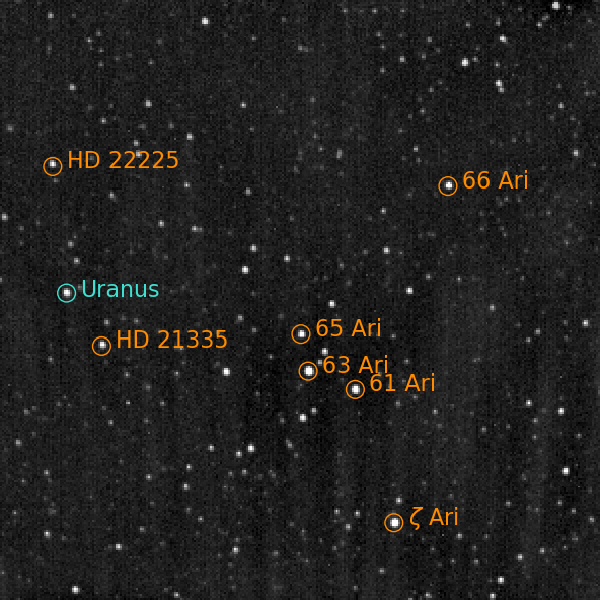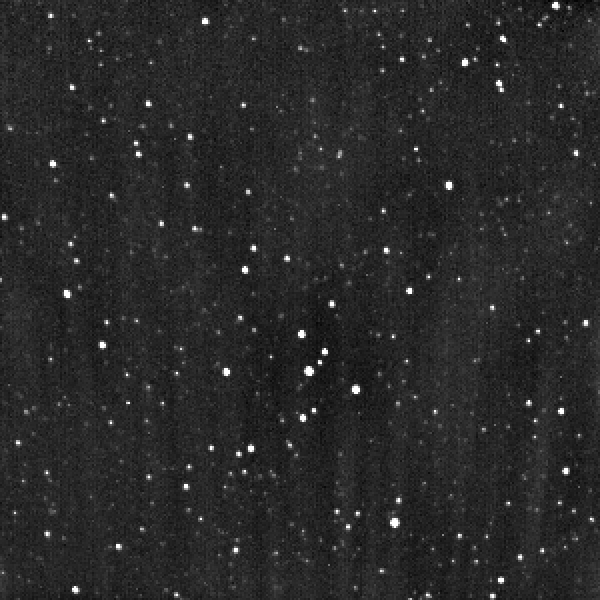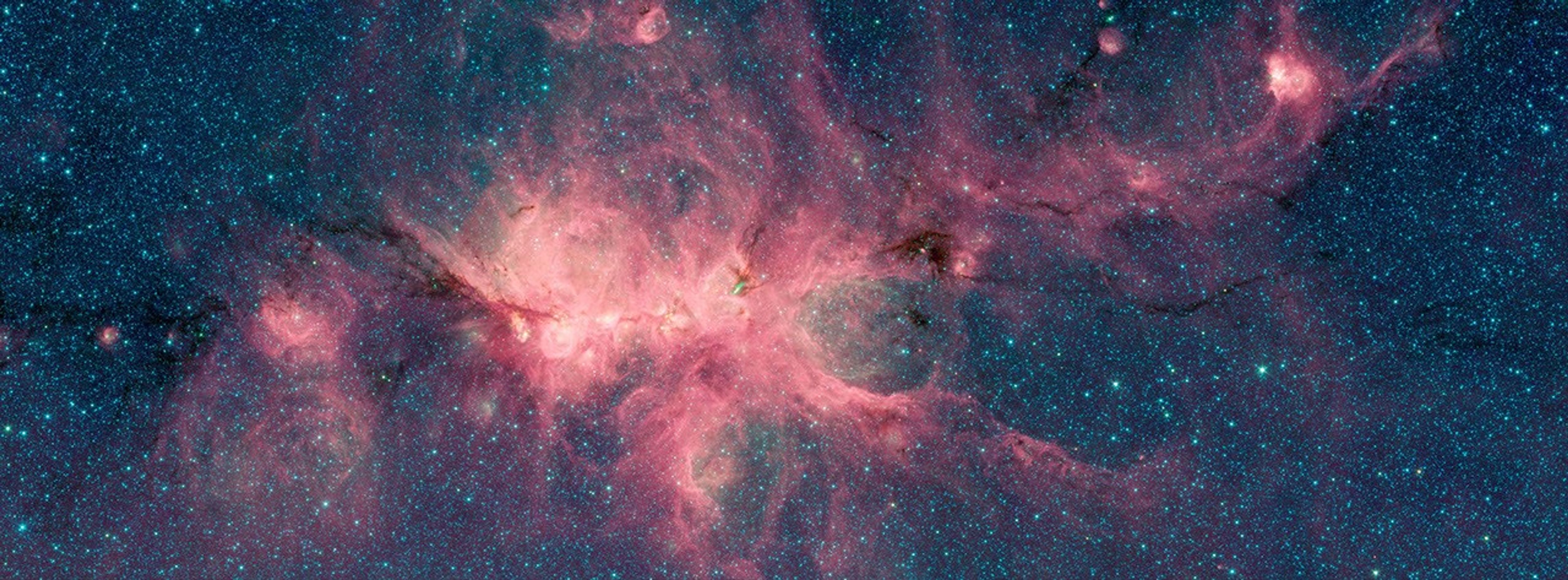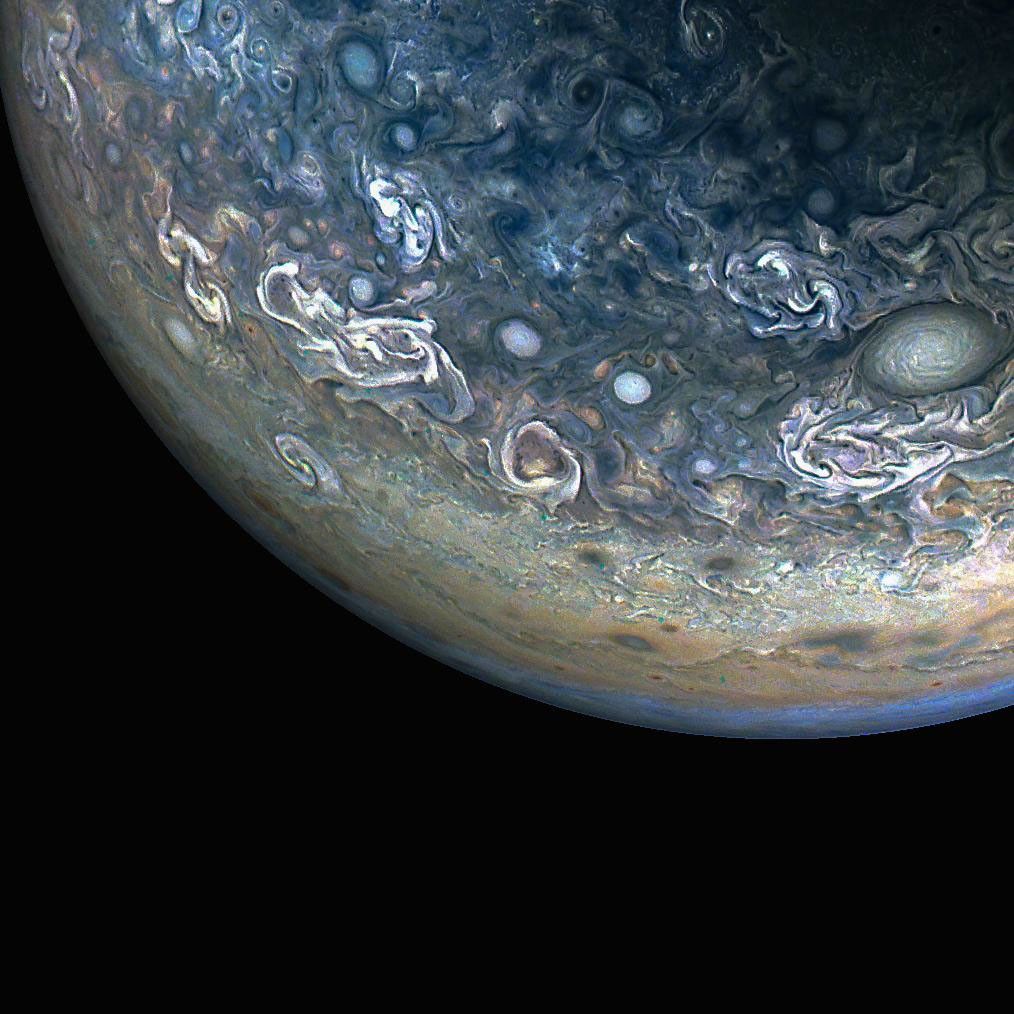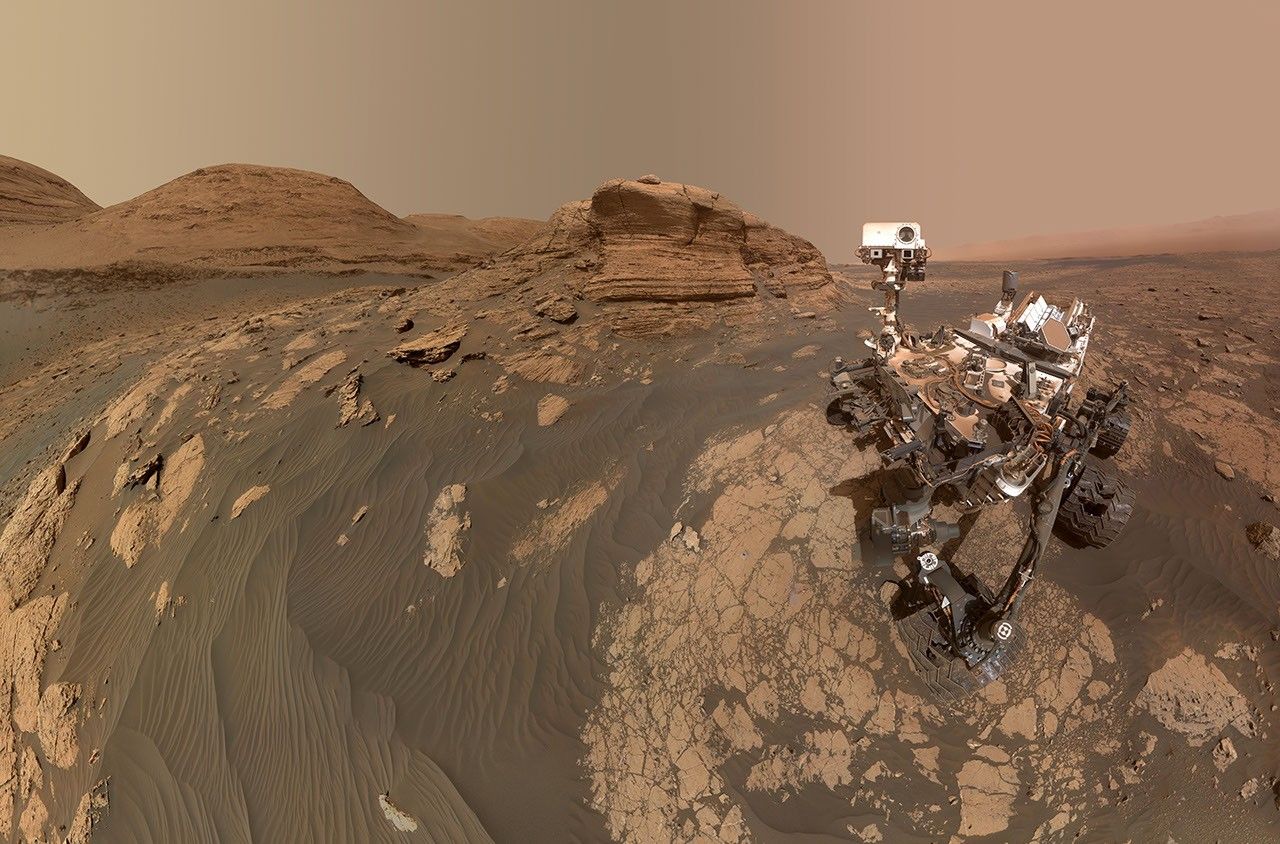Europa Clipper Captures Uranus With Star Tracker Camera
- Europa Clipper, a NASA spacecraft, captured an image of Uranus on November 5, 2025, while testing its star-tracking camera.
- The spacecraft was about 2 billion miles away from Uranus at the time of the capture, and is currently en route to the Jupiter system to study the icy moon Europa.
- Europa Clipper launched in October 2024 and will arrive at the Jupiter system in 2030 for approximately 50 flybys of Europa, with a mission duration of about 6 years.
- The mission’s main science goal is to determine if there are places beneath Europa’s surface that could support life, and its objectives include studying the moon’s icy shell, composition, and geology.
- The successful capture of Uranus demonstrates the spacecraft’s ability to track celestial objects and provides valuable experience for the upcoming Europa Clipper mission, which will explore the astrobiological potential of habitable worlds beyond Earth.
Europa Clipper Captures Uranus With Star Tracker Camera
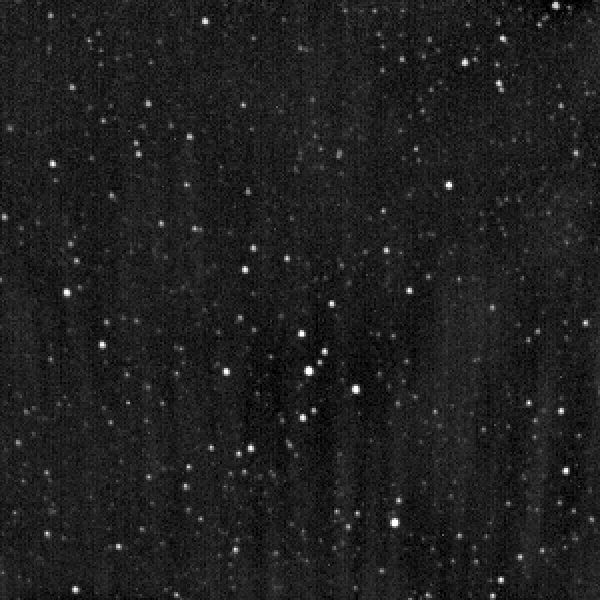
NASA/JPL-Caltech
Description
NASA’s Europa Clipper captured this image of a starfield — and the planet Uranus — on Nov. 5, 2025, while experimenting with one of its two stellar reference units. These star-tracking cameras are used for maintaining spacecraft orientation. Within the camera’s field of view — representing 0.1% of the full sky around the spacecraft — Uranus is visible as a larger dot near the left side of the image.
At the time the images were taken, Europa Clipper was about 2 billion miles (3.2 billion kilometers) from Uranus. The spacecraft is currently en route to the Jupiter system to study the icy moon Europa.
Europa Clipper launched in October 2024 and will arrive at the Jupiter system in 2030 to conduct about 50 flybys of Europa. The mission’s main science goal is to determine whether there are places below Europa’s surface that could support life. The mission’s three main science objectives are to determine the thickness of the moon’s icy shell and its surface interactions with the ocean below, to investigate its composition, and to characterize its geology. The mission’s detailed exploration of Europa will help scientists better understand the astrobiological potential for habitable worlds beyond our planet.
For more information about Europa and Europa Clipper, go to: https://science.nasa.gov/mission/europa-clipper/

